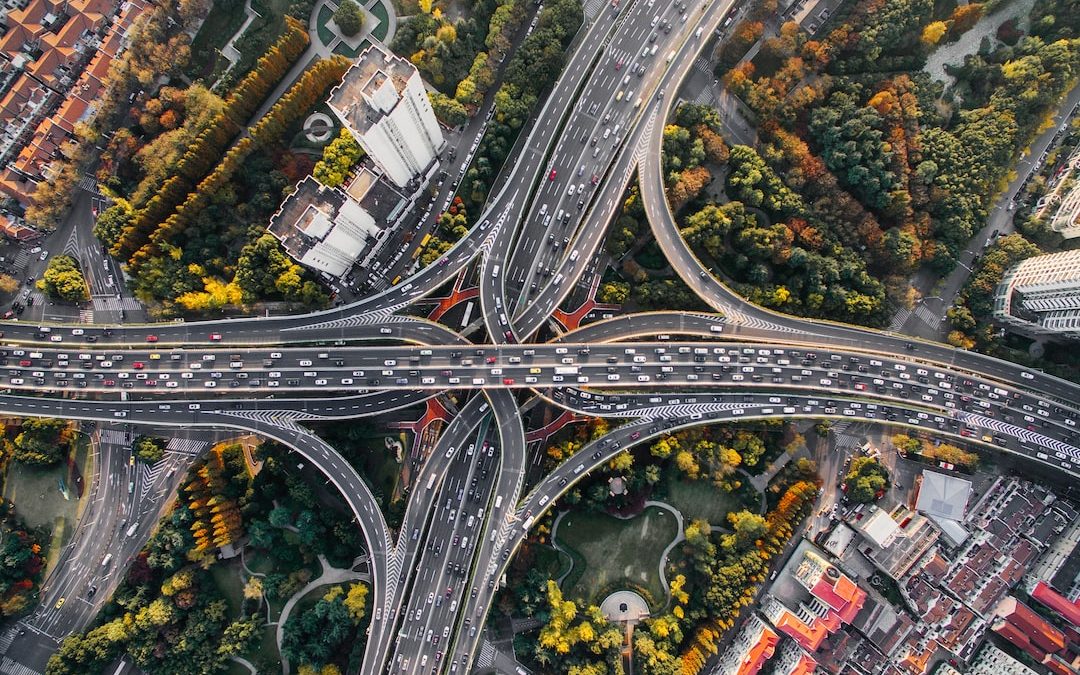Table of Contents
The Benefits of Implementing the Urban Mobility Framework
Introduction
The Urban Mobility Framework (UMF) is an innovative approach to urban mobility that provides a way of connecting people, businesses, and cities in a way that is efficient, safe, and sustainable. It is a platform that helps cities plan, design, and manage urban transportation systems. This framework enables cities to better manage the transport networks and infrastructure while creating more efficient transport solutions. It also helps to reduce congestion, air pollution, and road accidents. This article will explore the many benefits of implementing the Urban Mobility Framework.
Improved Efficiency
One of the key benefits of implementing the Urban Mobility Framework is improved efficiency. The framework provides cities with the tools to plan and design their transportation networks in a way that is efficient and cost-effective. By using the framework, cities can optimize their transport networks by using data-driven insights to identify areas of potential improvement. This can help cities make better decisions about how to allocate resources, where to invest in infrastructure, and how to reduce traffic congestion.
Reduced Congestion
Another benefit of implementing the Urban Mobility Framework is reduced congestion. Cities that use the framework are able to better manage their transport networks and make informed decisions about how to reduce traffic congestion. With the help of data-driven insights, cities can identify areas of congestion and make changes to the network that will help alleviate the problem. This can include implementing smart traffic signals, creating alternative routes, or investing in public transport.
Improved Safety
The Urban Mobility Framework also helps to improve safety on the roads. With the help of data-driven insights, cities can identify areas of risk and take action to reduce the potential for accidents or injuries. This can include investing in better road infrastructure, introducing speed limits, or implementing better traffic management systems. The framework also helps to ensure that roads are maintained to a high standard, which can further reduce the risk of accidents.
Better Air Quality
The Urban Mobility Framework can also help to improve air quality in cities. It provides cities with the tools to identify areas with poor air quality and take action to reduce emissions. This can include investing in clean energy sources, introducing low-emission zones, or investing in public transport. By reducing emissions, cities can help to improve air quality and reduce the impacts of air pollution on public health.
Sustainable Development
The Urban Mobility Framework can also help cities to achieve their sustainability goals. By using the framework, cities can identify areas of potential improvement and make changes to their transportation networks that will help to reduce their environmental impact. This can include investing in renewable energy sources, encouraging the use of electric vehicles, or investing in public transport.
Reduced Travel Times
The Urban Mobility Framework can also help to reduce travel times for commuters. By using data-driven insights, cities can identify areas of congestion and take action to reduce delays. This can include introducing smart traffic signals, creating alternative routes, or investing in public transport. This can help to reduce the amount of time commuters spend stuck in traffic and make journeys more efficient.
Improved Quality of Life
The Urban Mobility Framework can also help to improve the quality of life for people living in cities. By reducing congestion and improving air quality, cities can create a healthier and more liveable environment for citizens. This can help to improve mental and physical health, reduce stress, and create a more enjoyable city experience.
Increased Investment
The Urban Mobility Framework can also help cities to attract investment. By using the framework, cities can create a more efficient and cost-effective transport network, which can help to attract businesses and investors. This can help to boost the local economy and create new jobs, which can have a positive impact on the city.
Reduced Emissions
The Urban Mobility Framework can also help to reduce emissions from transport. By using the framework, cities can identify areas of potential improvement and take action to reduce emissions. This can include investing in electric vehicles, introducing low-emission zones, or investing in public transport. By reducing emissions, cities can help to reduce their environmental impact and create a more sustainable transport network.
Improved Accessibility
The Urban Mobility Framework can also help to improve accessibility for all citizens. By using the framework, cities can identify areas where improvements can be made to the transport network to make it more accessible for people with disabilities, elderly people, and those with limited financial resources. This can include investing in public transport, introducing disabled-friendly infrastructure, or providing better information on transport options.
Conclusion
The Urban Mobility Framework is an innovative approach to urban mobility that provides a way of connecting people, businesses, and cities in a way that is efficient, safe, and sustainable. It provides cities with the tools to plan, design, and manage urban transportation systems in a way that is cost-effective and promotes sustainability. Implementing the framework can help cities to reduce congestion, improve air quality, reduce emissions, and create a more liveable environment for citizens. It can also help to attract investment, improve safety, and make transport networks more accessible for all citizens.












